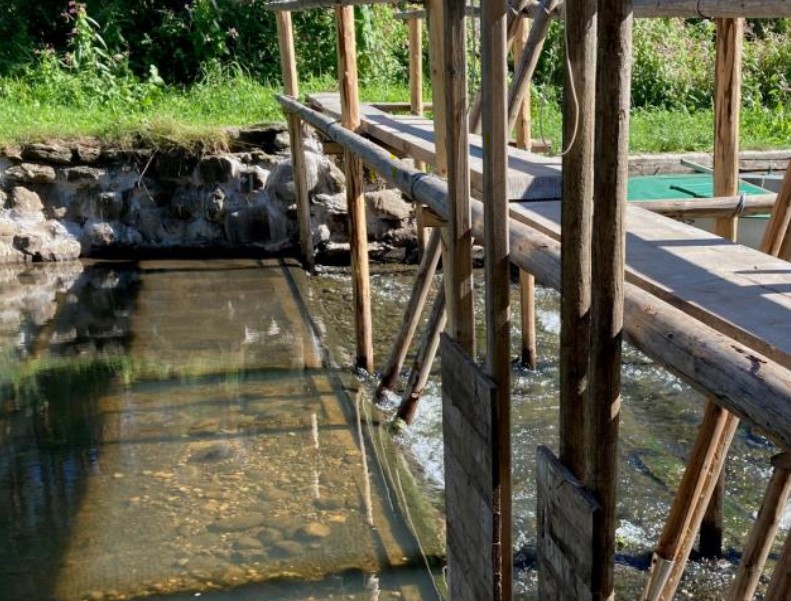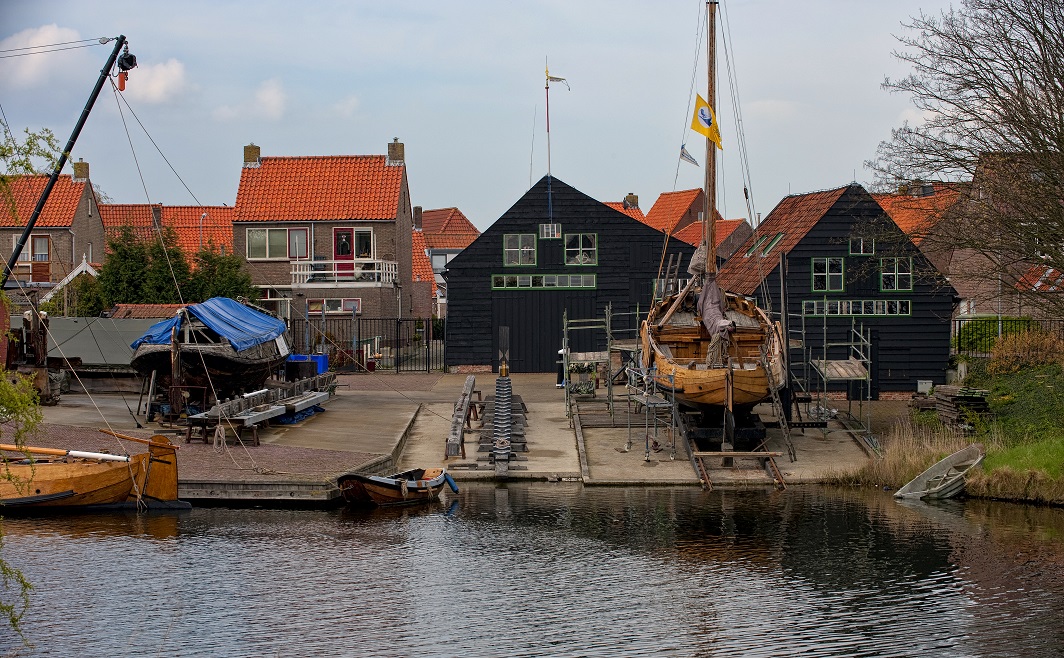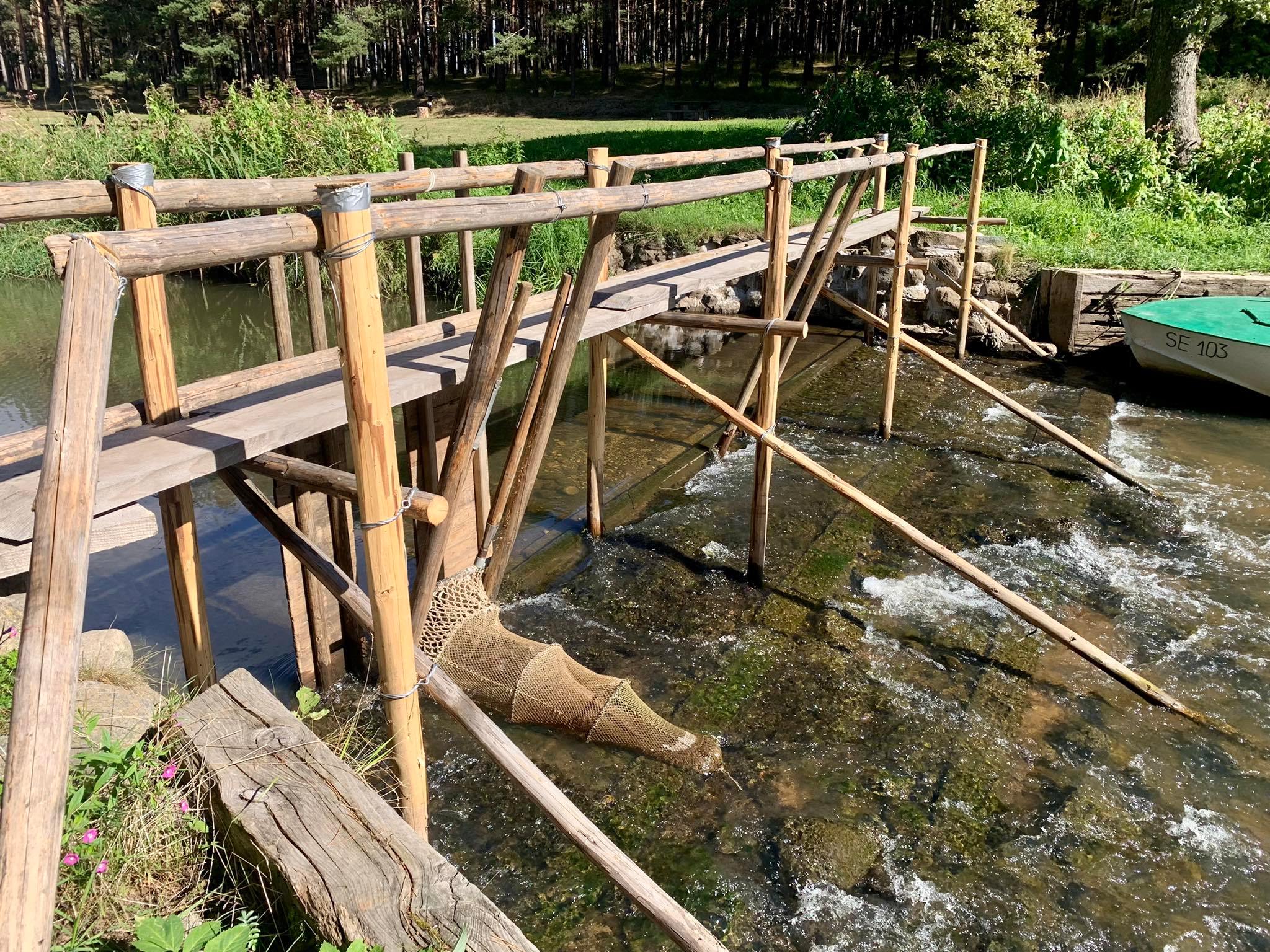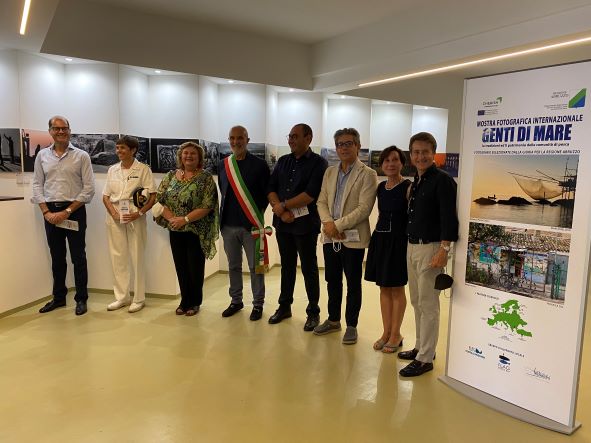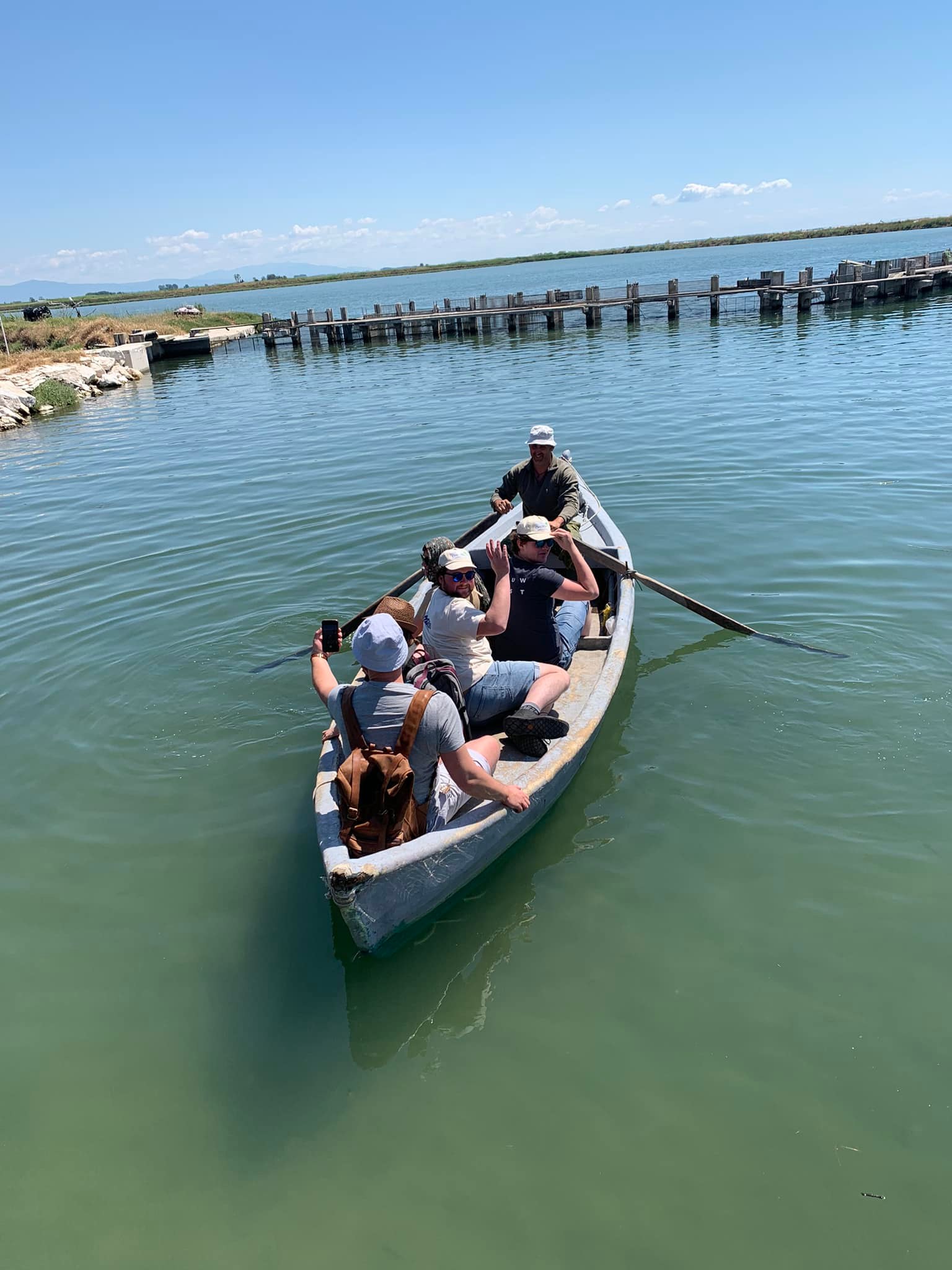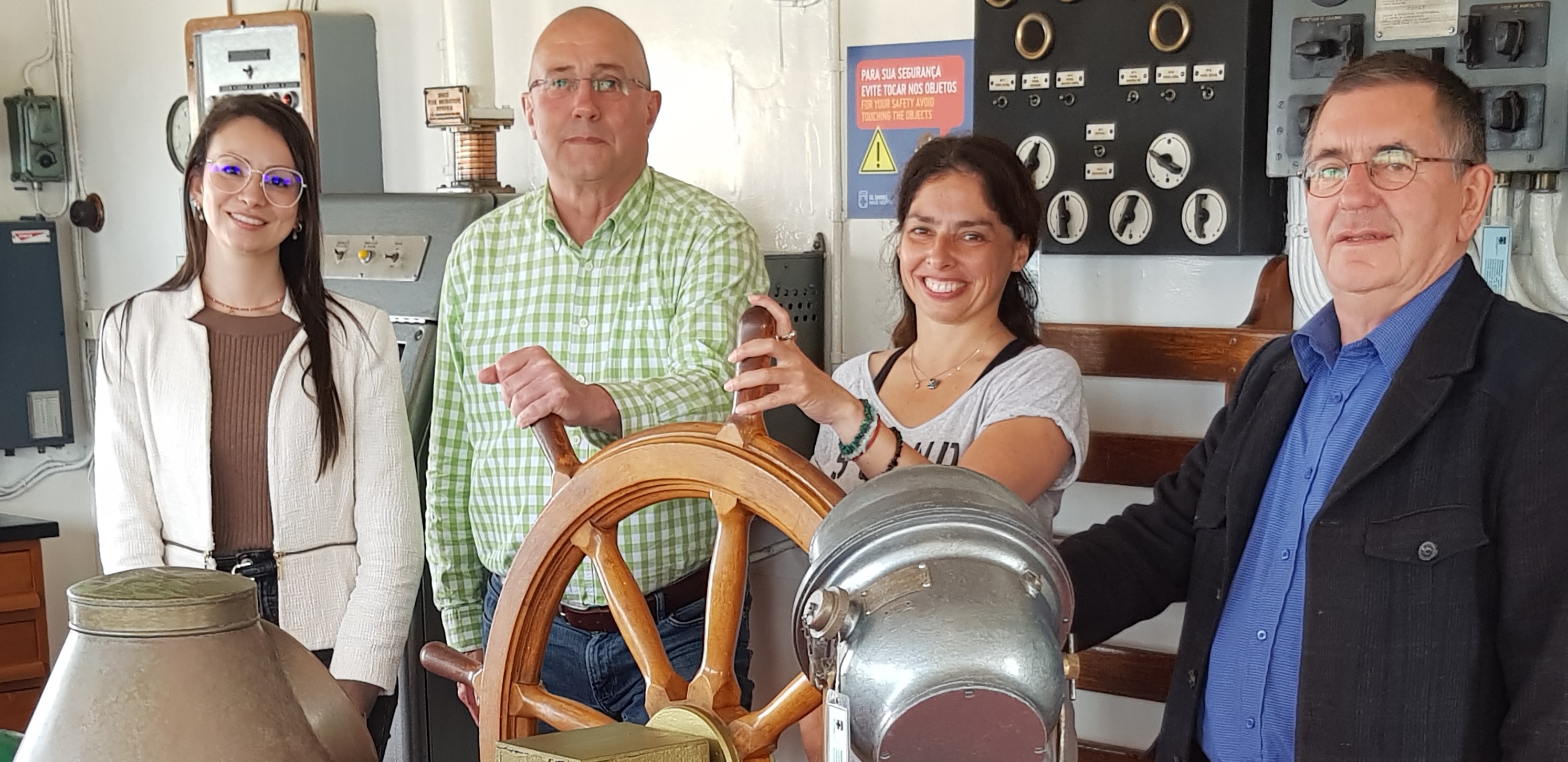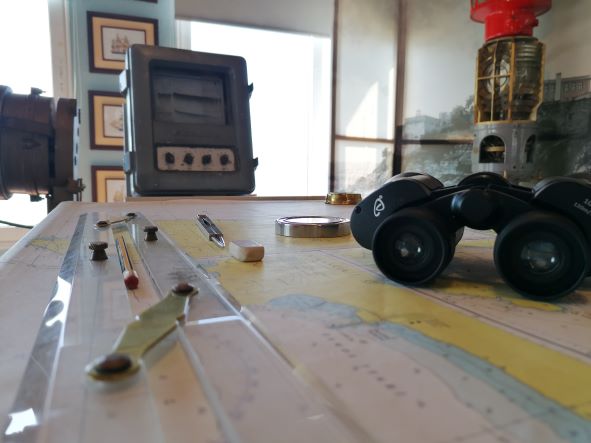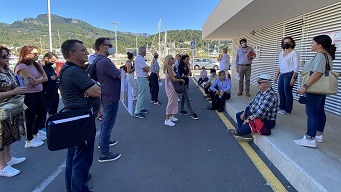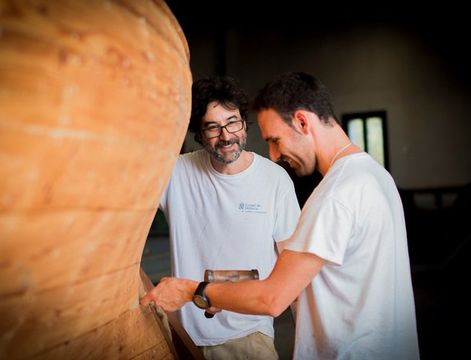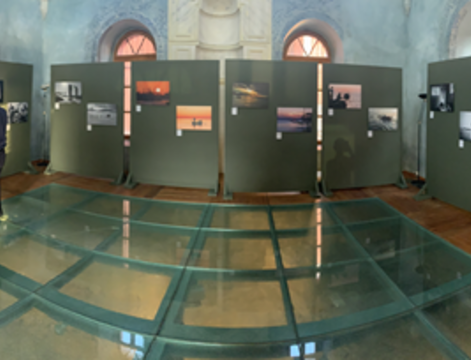During the CHERISH project, four good practices have been submitted by the Abruzzo region, Italy. All of these show how locals can work together to stimulate tourism in a way that will bring positive attention to their heritage. And at the same time the authentic character of the local traditions and culture is protected as the initiatives steer away from mass tourism towards sustainable tourism. Below you can read all about the good practices that are taking place in Abruzzo.
Borghi - Viaggio Italiano
A total of 18 regions in Italy are working together to promote a thousand villages as places of slow tourism, authenticity and quality of life through itineraries that include culture, traditions and landscapes. All the villages have historical relevant characteristics and a community with social and economic qualities which are typical for a traditional village. In order to remain recognised as an authentic village, the local community needs to be involved in all economic activities that express tradition and cultural identity, and in the institutional part in order to program resources and interventions for the recognition of “authentic village”. Thanks to the Borghi initiative all the villages that are involved have become more known as tourist destinations as the initiative is very visible on social media.
Costa dei Trabocchi
Local branding can be a great way to attract more tourists to a region as the coast developed as has been proven by the brand Costa dei Trabocchi. The Trabocchi Coast is a 70km stretch from Ortano to San Salvo, with coves and reefs below the hills that end in the Adriatic Sea. Since there were no easy ways to anchor a boat, fishermen built constructions on poles from which they could hang the fishing nets, the so-called trabocchi. Some of these constructions have remained standing and can now be visited as a tourist attraction or as a restaurant. Branding the coast and its features has resulted in collaborations between public and private initiatives which all aim to improve the touristic experience and to give value to the local gastronomic and wine specialities.

Fishing Tourism Regional Law n. 23
Fishing tourism involves the act of fishing while also sharing culture and learning about the traditions and lifestyle of local fishermen. Professional fishermen use their vessels to take along tourists and let them have a taste of the fishermen’s life, sometimes this includes a literal taste as the fishermen prepare a meal of the catch of the day. Fishing tourism allows fishermen to diversify their income and it helps them to secure their future in fishing. It also makes a career in fishing attractive again to the younger generation who rather work in hospitality.
The Nr. 23 Law made this possible and regulated for the first time in Europe the possibility for tourists to be guests on the boats, for mere purposes of observation during the ordinary course of fishing activities. So far, fishing tourism has shown to be a success in Abruzzo.
The Martinsicuro Ecomuseum of Sea and Fishing
The municipality of Martinsicuro and the Martinpescatori Association have worked together to open the Ecomuseum of Sea and Fishing in order to show the heritage related to sea and fishing. Historic photos and objects made by fishermen have been collected in order to preserve them and to trace back the history of Martinsicuro. The Ecomuseum studies and protects the collective memory of the fishing community and displays traditional objects with their dialect names. New techniques are also shown so visitors can see the progress that has been made in the fishing industry.
The museum hopes to transfer cultural heritage to new generations so traditional skills and knowledge are not lost.
To learn more about all the projects and initiatives that contribute to the protection and promotion of cultural heritage in fishing communities , check out the good practices page on the website.


